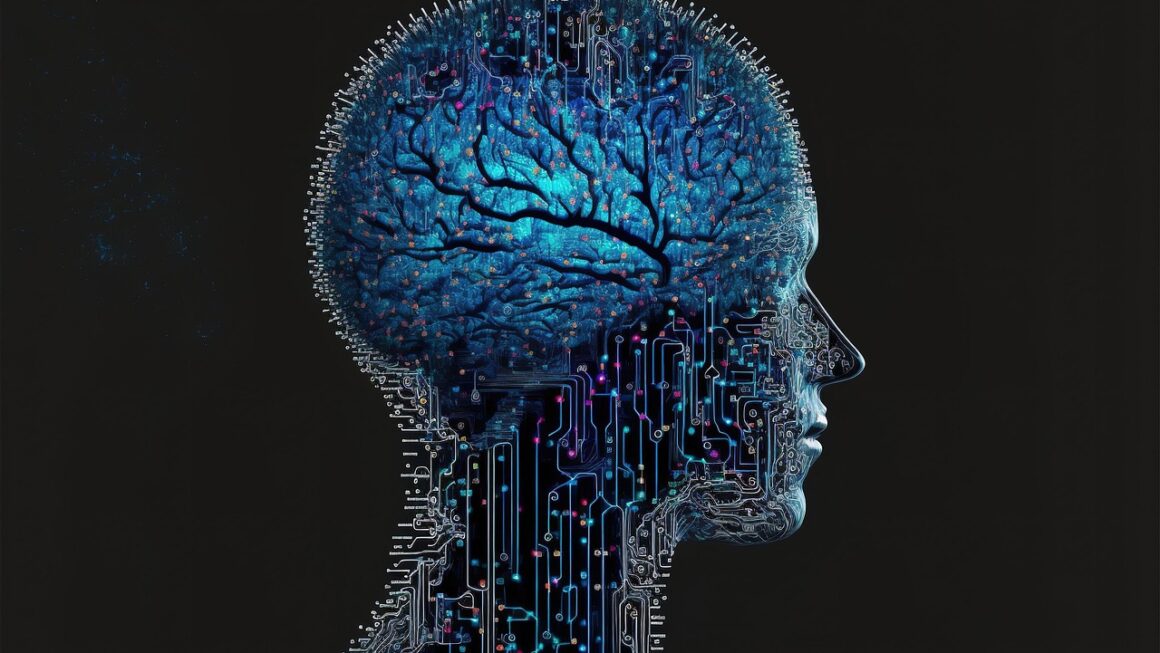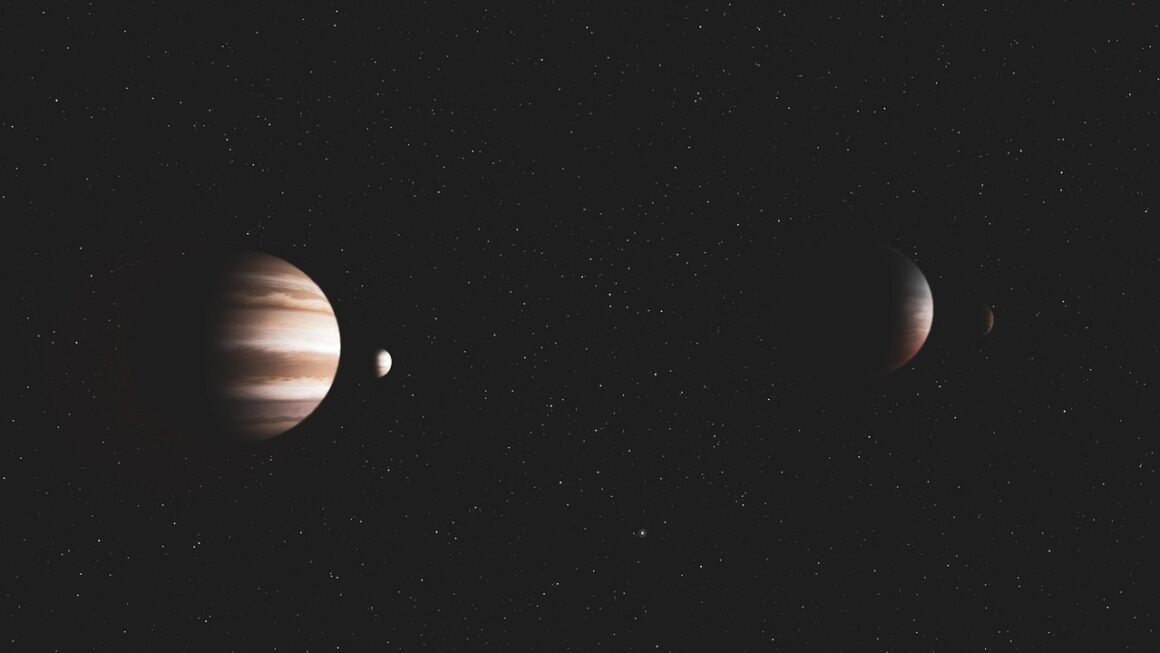NFT collections are rapidly changing the digital landscape, offering unique opportunities for artists, collectors, and investors alike. From digital art to virtual real estate, these collections represent ownership of one-of-a-kind assets stored on the blockchain. Understanding the nuances of NFT collections is crucial for anyone looking to navigate this exciting, yet complex, space. This guide will delve into the world of NFT collections, exploring their creation, evaluation, and potential.
What are NFT Collections?
Defining NFT Collections
An NFT collection is a group of non-fungible tokens (NFTs) that share a common theme, artist, or purpose. These collections are typically minted and managed on a blockchain, such as Ethereum, Solana, or Polygon. Unlike individual NFTs, collections often offer a sense of community and shared value among holders.
- NFTs are unique, meaning each token is distinct and cannot be directly exchanged for another (unlike cryptocurrencies like Bitcoin, where one Bitcoin is identical to any other).
- Collections can range from digital art series to collections representing virtual land in a metaverse.
- The ERC-721 standard is commonly used for creating individual NFTs within a collection, while ERC-1155 is suitable for collections with multiple editions of the same artwork or asset.
Examples of Popular NFT Collections
Several NFT collections have garnered significant attention and value:
- Bored Ape Yacht Club (BAYC): One of the most well-known collections, BAYC features 10,000 unique ape avatars. Ownership grants access to an exclusive online community and various perks.
- CryptoPunks: Considered one of the earliest NFT projects, CryptoPunks comprises 10,000 unique pixelated characters. These are highly sought after due to their historical significance.
- Art Blocks: This platform allows artists to create generative art NFTs, where the artwork is algorithmically generated based on a seed hash stored on the blockchain.
- Azuki: Known for its anime-inspired art style, Azuki offers holders access to “The Garden,” a metaverse experience.
- Mutant Ape Yacht Club (MAYC): A spin-off of BAYC, MAYC allows existing BAYC holders to “mutate” their apes into new, unique mutant versions.
Key Characteristics of Successful NFT Collections
Several factors contribute to the success of an NFT collection:
- Strong Community: A vibrant and engaged community is essential for driving demand and maintaining long-term value.
- Unique Art or Utility: Collections with compelling artwork or practical utility (e.g., access to exclusive events, metaverse perks) tend to perform better.
- Reputable Creator or Team: The reputation and track record of the creator(s) can significantly impact the collection’s perceived value.
- Scarcity: Limited supply often leads to higher demand. The number of NFTs in a collection (e.g., 10,000) is a crucial factor.
- Marketing and Promotion: Effective marketing strategies are needed to raise awareness and attract collectors.
Creating an NFT Collection
Planning Your Collection
Before minting your NFTs, careful planning is crucial:
- Define Your Theme and Art Style: Choose a theme and art style that resonates with your target audience. Consider what makes your collection unique and appealing.
- Determine the Collection Size: Decide on the number of NFTs you will mint. Consider the balance between scarcity and accessibility.
- Choose a Blockchain: Select a blockchain that aligns with your project’s goals and budget. Ethereum is popular but can have high gas fees. Alternatives include Solana, Polygon, and Tezos.
- Set Pricing and Royalties: Determine the initial minting price and the royalty percentage you will receive on secondary sales. Royalties are a crucial source of income for creators.
Minting Your NFTs
Minting is the process of creating new NFTs on the blockchain.
- Smart Contracts: Develop a smart contract that defines the rules of your collection, including the token standard (ERC-721 or ERC-1155), royalty percentages, and any unique features.
- NFT Marketplace Integration: Integrate your smart contract with an NFT marketplace like OpenSea, Rarible, or Magic Eden. This allows collectors to easily buy and sell your NFTs.
- Metadata Storage: Store your NFT metadata (e.g., image, description, attributes) on a decentralized storage solution like IPFS (InterPlanetary File System) to ensure permanence.
Marketing and Community Building
Promoting your collection and building a community are vital for success:
- Social Media Marketing: Utilize platforms like Twitter, Discord, and Instagram to engage with potential collectors and share updates.
- Influencer Marketing: Partner with NFT influencers to promote your collection to a wider audience.
- Community Events: Host online and offline events to foster a sense of community among holders.
- Airdrops and Giveaways: Airdrop NFTs or offer giveaways to attract new members and reward existing holders.
Evaluating NFT Collections
Key Metrics to Consider
Evaluating NFT collections requires careful analysis:
- Floor Price: The lowest price at which an NFT from the collection is currently listed for sale.
- Trading Volume: The total value of NFTs traded from the collection over a specific period (e.g., 24 hours, 7 days).
- Market Cap: The total value of all NFTs in the collection, calculated by multiplying the floor price by the total supply.
- Number of Holders: The number of unique wallet addresses that own at least one NFT from the collection. A higher number of holders generally indicates a more decentralized and engaged community.
- Rarity: The relative scarcity of specific traits or attributes within the collection. Rarer NFTs typically command higher prices.
Tools for NFT Collection Analysis
Several tools can assist in evaluating NFT collections:
- OpenSea: Provides data on floor price, trading volume, and number of holders.
- Rarity.Tools: Analyzes the rarity of individual NFTs within a collection based on their attributes.
- Nansen: Offers advanced analytics and on-chain data for NFT collections, including whale tracking and smart money analysis.
- Dune Analytics: Allows you to create custom dashboards and queries to analyze NFT data.
Understanding Market Trends
Staying informed about market trends is essential:
- Follow NFT News and Blogs: Stay up-to-date on the latest developments in the NFT space.
- Monitor Social Media: Track discussions and sentiment surrounding NFT collections on platforms like Twitter and Discord.
- Attend NFT Conferences and Events: Network with other collectors, artists, and developers to gain insights into the market.
Risks and Challenges in NFT Collections
Volatility and Market Fluctuations
The NFT market is highly volatile, and prices can fluctuate dramatically.
- Market Sentiment: Negative news or a shift in market sentiment can lead to price declines.
- Rug Pulls: Some projects may be abandoned by their creators, leaving holders with worthless NFTs.
- Lack of Liquidity: It may be difficult to sell NFTs quickly, especially for less popular collections.
Security Concerns
Security is paramount in the NFT space.
- Phishing Scams: Be wary of phishing scams that attempt to steal your private keys or NFT ownership.
- Smart Contract Vulnerabilities: Smart contract flaws can lead to the loss of funds or NFTs.
- Wallet Security: Secure your digital wallet with strong passwords and two-factor authentication. Consider using a hardware wallet for added security.
Regulatory Uncertainty
The regulatory landscape surrounding NFTs is still evolving.
- Tax Implications: NFT transactions may be subject to capital gains taxes.
- Legal Classifications: The legal classification of NFTs is still unclear in many jurisdictions.
- Compliance: Ensure your NFT project complies with all applicable laws and regulations.
Future Trends in NFT Collections
Increased Utility and Functionality
NFTs are evolving beyond collectibles.
- Gaming Integration: NFTs can be used as in-game assets, allowing players to own and trade virtual items.
- Membership and Access: NFTs can grant access to exclusive communities, events, and experiences.
- Real-World Asset Tokenization: NFTs can represent ownership of real-world assets, such as real estate or artwork.
Metaverse Integration
The metaverse is creating new opportunities for NFTs.
- Virtual Land Ownership: NFTs can represent ownership of virtual land in metaverse platforms.
- Avatars and Wearables: NFTs can be used to customize avatars and create unique digital identities.
- Virtual Art Galleries: NFTs can be displayed in virtual art galleries within the metaverse.
Sustainability and Environmental Concerns
Addressing the environmental impact of NFTs is becoming increasingly important.
- Proof-of-Stake Blockchains: Using proof-of-stake blockchains like Solana and Polygon can significantly reduce energy consumption compared to proof-of-work blockchains like Ethereum.
- Carbon Offset Programs: Supporting carbon offset programs to mitigate the environmental impact of NFT transactions.
- Energy-Efficient Minting Practices: Adopting energy-efficient minting practices to reduce the carbon footprint of NFT creation.
Conclusion
NFT collections represent a dynamic and evolving area of the digital world. Understanding the fundamentals, from creation and evaluation to risks and future trends, is essential for navigating this exciting space. By carefully considering these aspects, individuals and businesses can make informed decisions and potentially capitalize on the opportunities that NFT collections offer. As the technology matures and adoption increases, NFT collections are poised to play an increasingly significant role in the future of digital ownership and online interaction.




